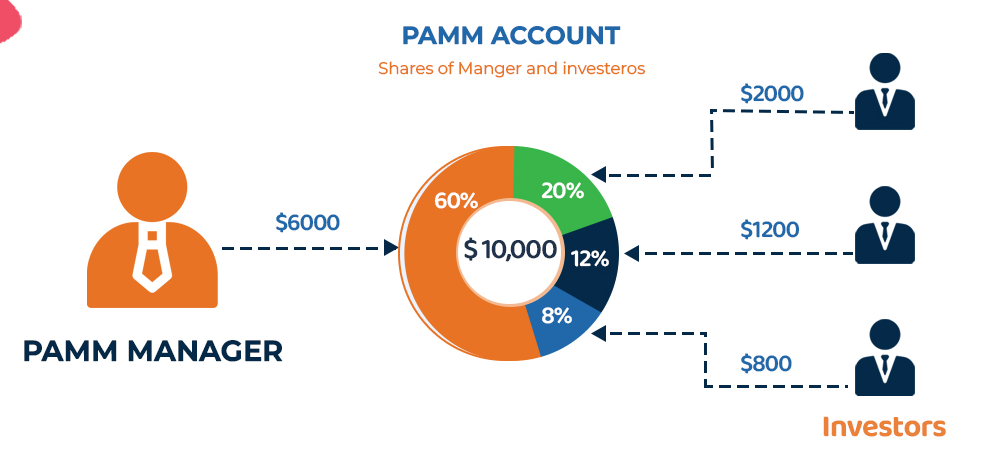Dollar Tumbles as Risk Tolerance Increases, Pound constant before BoE
The dollar slipped from a two-week high on Thursday as global market risk appetite improved, on the other hand, traders concentrated on a Bank of England meeting and economic data that might give some hints on when the U.S. Federal Reserve sway dial back monetary stimulus.
The dollar has rebounded from a one-month low over the past week, flourished by U.S. economic data after the rapid recovery from the pandemic.
However, slipped on Thursday and was down 0.3% on the day at 91.03 against a basket of currencies.
The Bank is presumed to say that Britain’s economy is heading for a more robust recovery this year and it might start to slow its pandemic emergency support.
Investors were also paying attention to elections in Scotland that could announce a political confrontation over a new independence election.
The Sterling was steady against the weaker dollar, at $1.3916.
The euro was high 0.4% against the dollar at $1.2049, and up 0.3% against the pound, at 86.57 pence per euro.
The Australian dollar declined piercingly overnight when China said it would stop its economic exchange with Australia, but the currency had overcome to trade close to flat on the day as European markets opened.
AUD was higher 0.1% versus the U.S. dollar at 0.77515.
The New Zealand dollar also dropped and was down 0.1% on the day.
The Canadian dollar hit a three-year high, helped by oil price gains and the Bank of Canada’s recent shift to more hawkish guidance.











